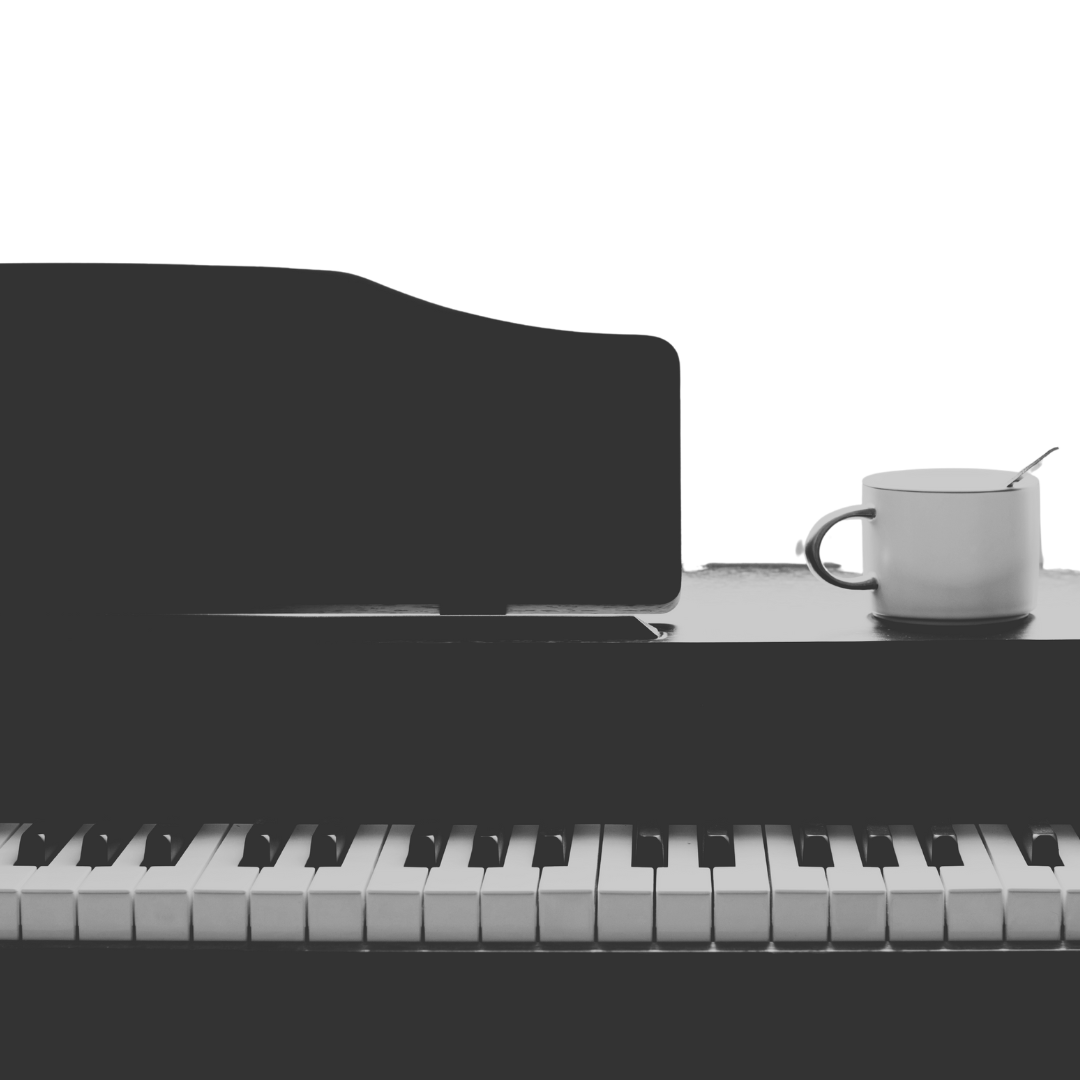Wellness Resource Library
MAKE MUSIC WITH EASE
Welcome to the online library! Below you will find news articles, PDF guides, and tutorials on posture and piano technique. Stay tuned for event offerings starting in October 2025!
Support Musicians
FOSTER HEALTH & RESILIENCE
I'm dedicated to fostering health and resilience in artistic communities through the creation of resources on injury prevention, integrative technique, and whole body wellness. Even just $7 a month helps me support musicians and bring greater awareness to musicians health — thank you!
Start Here
THINGS TO TRY
News & Ideas
FROM THE BLOG
Here’s how putting aside your “nemesis” piece provides a fresh and indispensable vantage point.
Tension is necessary—but top college pianists say it’s their biggest challenge. Here’s how to manage it!
This interactive article is all about how we each develop our own unique method to do the things we do.
Do you hold your breath while playing piano? Here’s how I learned all about breathing by being a chronic breath holder!
Playing a D.S. Standard Keyboard transformed my small-handed piano experience—here’s why!
This lesson explores all the ways we can turn from a side lying position.
This lesson explores flexion and extension of the spine in just about as many different positions as one can think of!
This lesson explores the everything that connects the pelvis and shoulder through reaching movements. In this lesson, your arms are the hands of a clock.
Learn to release the jaw through a gentle exploration of head, neck, and eyes.
Learn to sense your hip joints through gentle movements of rocking the pelvis and holding the knee.
This is a classic lesson involving pelvis and spine. Find freedom in your base with this lovely exploration of a clock.
Coordinate the pelvis with everything above it in this classic seated (on the floor) lesson. The hand hangs loosely from the arm, joining the fun but not running the show.
Using your arms like a violin bow, your shoulders explore a whole new realm of movement.
Connect through the entire length of the spine by exploring gentle oscillations while lying on the back.
Explore forearm rotation on the right side, connecting all the way from fingers to shoulders.
Your arms become bows as you improve shoulder mobility for more freedom at the keys.
The breathing workshop includes three lessons on where, when, and how we breathe, plus a set of breathing etudes.
This workshop includes four movement lessons to help develop a fluid and responsive posture at the piano, plus a handout of practice tips.
Enjoy three lessons on connecting shoulders to spine, pelvis, and head for better mobility—plus a shoulder tips handout!
The Small Hand Piano Technique Guide includes tips and tricks for developing healthy technique so you can struggle less and enjoy playing piano more.
This guide dives into the science of variable practice and includes a chart of over 50 different practice strategies.
Do you hold your breath while playing? The Six Rhythmic Breathing Etudes will keep you breathing because the breathing is literally a part of the score!
Don’t forget about your nervous system! The Mind-Body Learning Guide is the one-stop shop for practice strategies that look at the big picture.






























Research shows rethinking "anxiety" as "excitement" boosts performance—here’s how!